One of the themes we explored in TrendsWatch2015 was how rising sea levels and increased storm frequency are threatening museums and heritage sites. Over the past year we’ve invited guest authors from museums with a vested interest in climate change and sustainability to write about the topic. Leaders at the Perez Art Museum Miami, Climate Change Museum (NYC), and The Happy Museum Project have addressed this challenge, each from their own angle. Today, Pieter Roos—Executive Director of the Newport Restoration Foundation and a commissioner of the Rhode Island Historic Preservation and Heritage Commission—shares an opportunity for museums and historic sites to explore how they can respond to rising tides at the upcoming conference “Keeping History Above Water.” You can follow the project on Twitter @NPTRestoration and register for the conference here.
It hardly takes a futurist to look ahead fifty years and see a very different world. There will always be a coastline; the question is where it will be located. Timelines vary, but climate scientists predict that sea levels will rise anywhere from three to ten feet in the not-so-distant future. While resolutions, like those resulting from the COP21 climate talks in Paris earlier this month, are milestones in reversing the effects of climate change, the world is still facing a future with higher tides and more frequent storms. As we’ve already seen, these rising waters do not respect culture, they just inundate it, and it is increasingly the duty of museums to play an active role in safeguarding our cultural heritage from the impact of climate change. As a museum director with responsibility for nearly eighty eighteenth-century buildings in and around Newport, Rhode Island, this issue has become a pressing concern.
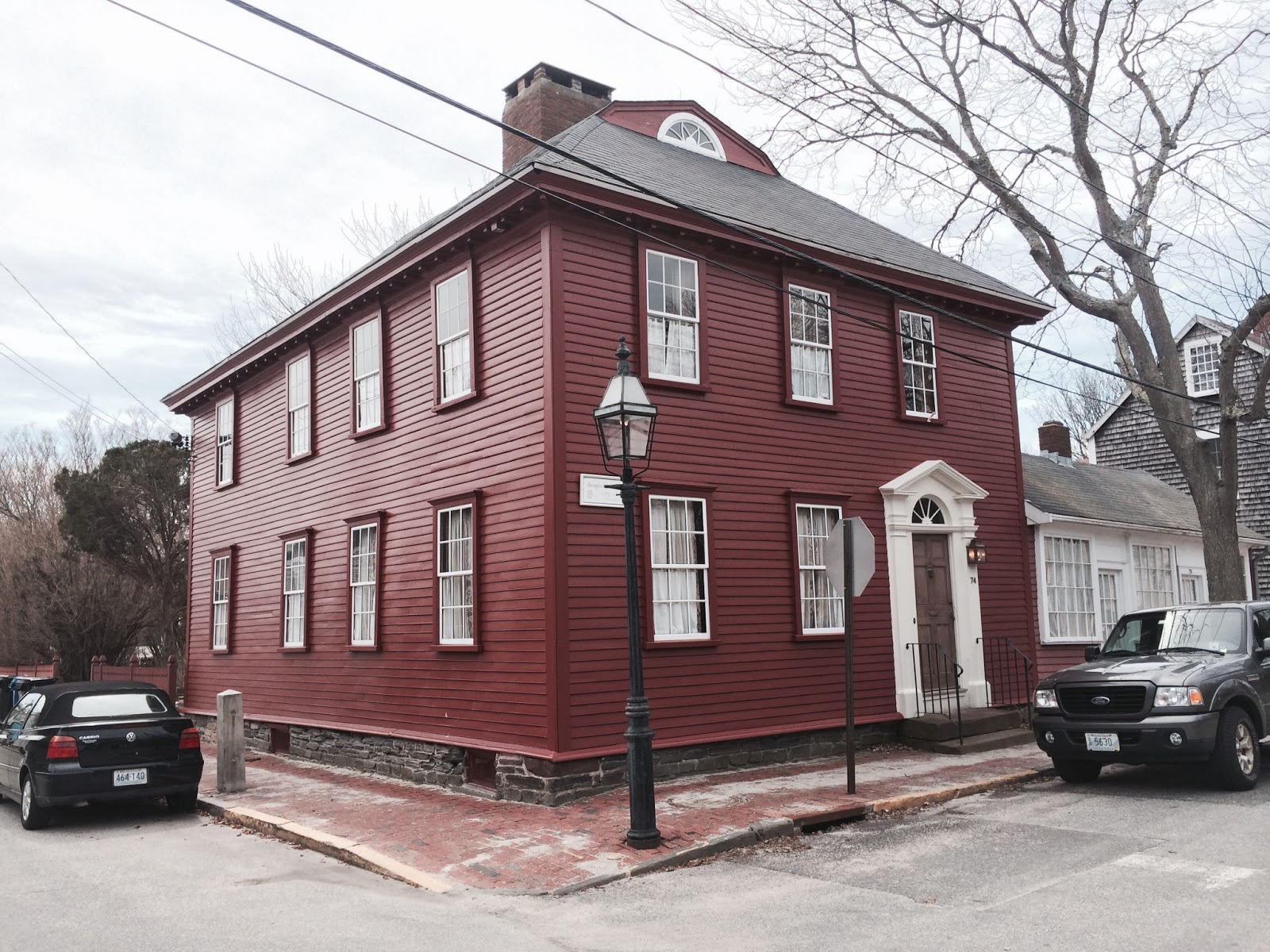 |
| Christopher Townsend House |
Over my tenure at the Newport Restoration Foundation, I’ve seen firsthand the steady increase in “nuisance” flooding, king tides, and major rain events. The buildings in the NRF’s collection make up about a fifth of the city’s eighteenth-century structures and are particularly vulnerable to the kinds of threats that are becoming commonplace. One of our most significant properties, the Christopher Townsend House (1728) at 74 Bridge Street, sits literally at ground zero–at just a few feet above sea level–in the historic Point Neighborhood of Newport. The Townsend House is noteworthy for its age and architectural integrity certainly, but also for its connection to the renowned family of Newport cabinetmakers and by extension to the craft and commercial history of colonial Rhode Island. Seeing this nearly 300-year-old building routinely flooded with brackish water is just one of the reasons we’re taking action.
It’s been said more than once that the riskiest move for museums in the face of certain change is to do nothing. The questions facing the Newport Restoration Foundation, like many in the field, are big and daunting. As preservationists and cultural stewards, what can we do? How do we leverage our areas of influence to effect meaningful change? How do we address planetary threats on a community scale?
In answer to those questions, the Newport Restoration Foundation has teamed up with the National Trust for Historic Preservation, the Union of Concerned Scientists, the National Park Service, Preserve Rhode Island, Roger Williams University, the University of Rhode Island’s Coastal Resources Center, and Salve Regina University, to organize a conference, April 10-13, 2016, on saving historic coastal communities. Keeping History Above Water will bring together experts from several disciplines and across the United States and Europe to examine the state of the threat, and then consider practical solutions, at structural and non-structural levels, through lectures, panel discussions, workshops, and focused tours. This is not a conference about climate change per se, but rather about what preservationists, museum professionals, and anyone concerned with preserving historic assets in coastal communities needs to know about the risks of climate change, and sea level rise in particular. Our hope is to define a new community–including architects, city planners, engineers, realtors, residents, and elected officials–dedicated to the exchange of information across geographic and disciplinary boundaries and to developing practical measures to protect our shared heritage.
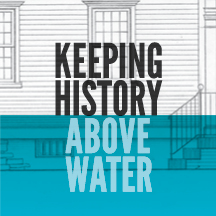 How to safeguard the Townsend House, (our original concern), will be at the center of the conference discussion. The property will be the focus of a series of restoration plans that will model and assess a range of mitigation measures that might be applied to other historic structures. Three or four carefully considered scenarios, at various costs and different degrees of intervention to the building and surrounding landscape, will be presented to participants and to the public during the Keeping History Above Water conference. This case study project is funded through a Hurricane Sandy Disaster Relief Grant from the Rhode Island Historic Preservation and Heritage Commission, with additional funding from the City of Newport under their Impacts of Sea Level Change: PILOTING Toward Solutions grant from the van Beuren Charitable Foundation.
How to safeguard the Townsend House, (our original concern), will be at the center of the conference discussion. The property will be the focus of a series of restoration plans that will model and assess a range of mitigation measures that might be applied to other historic structures. Three or four carefully considered scenarios, at various costs and different degrees of intervention to the building and surrounding landscape, will be presented to participants and to the public during the Keeping History Above Water conference. This case study project is funded through a Hurricane Sandy Disaster Relief Grant from the Rhode Island Historic Preservation and Heritage Commission, with additional funding from the City of Newport under their Impacts of Sea Level Change: PILOTING Toward Solutions grant from the van Beuren Charitable Foundation.
By gathering the forces of preservation, museums, architecture, and engineering, we want to begin a dialog that will move us towards greater resiliency. There is no single solution for protecting our cultural heritage from climate change. Rather, a variety of strategies on multiple scales will be needed to address the necessary intellectual and physical paradigm shifts we face. Museums may not have all the answers, but we’re obligated to play a critical role in charting the future and we want you to join in that discussion.
For more information about Keeping History Above Water–including a list of climate science that intersect with the interests of preservation and cultural heritage–and to join the conversation, visit www.historyabovewater.org.
Elizabeth Merritt

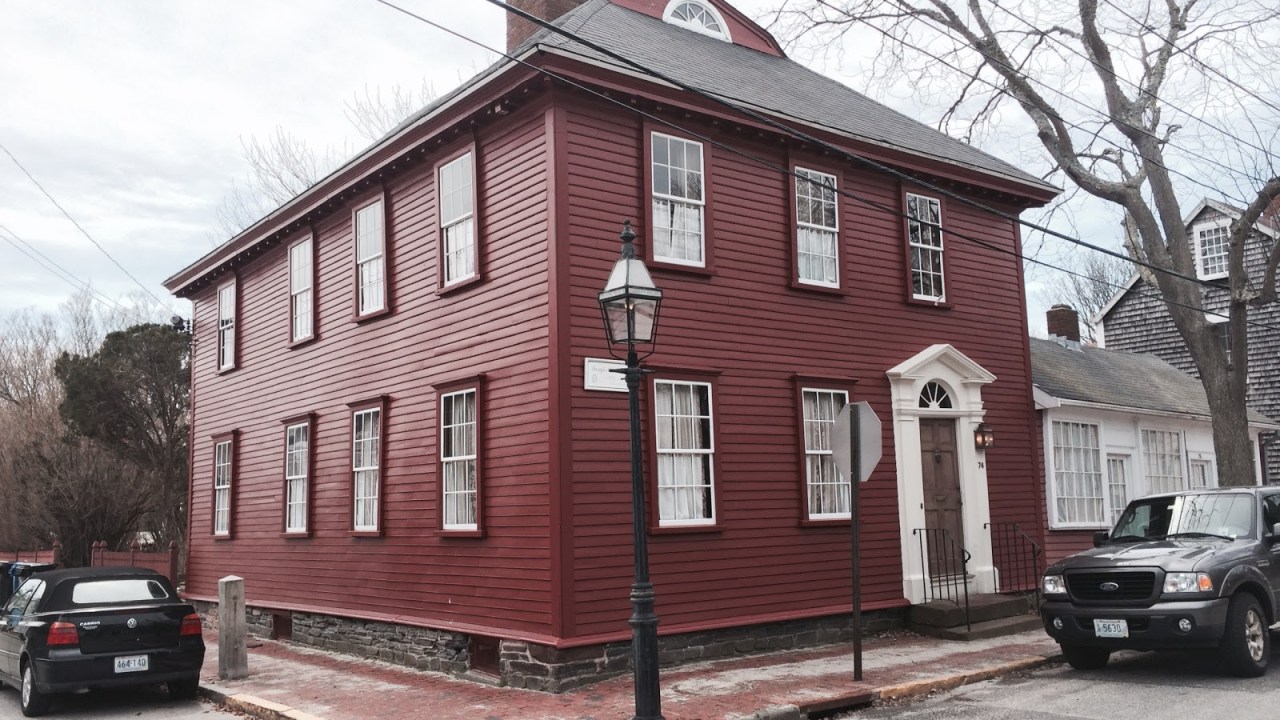

 How to safeguard the Townsend House, (our original concern), will be at the center of the conference discussion. The property will be the focus of a series of restoration plans that will model and assess a range of mitigation measures that might be applied to other historic structures. Three or four carefully considered scenarios, at various costs and different degrees of intervention to the building and surrounding landscape, will be presented to participants and to the public during the Keeping History Above Water conference. This case study project is funded through a Hurricane Sandy Disaster Relief Grant from the Rhode Island Historic Preservation and Heritage Commission, with additional funding from the City of Newport under their Impacts of Sea Level Change: PILOTING Toward Solutions grant from the van Beuren Charitable Foundation.
How to safeguard the Townsend House, (our original concern), will be at the center of the conference discussion. The property will be the focus of a series of restoration plans that will model and assess a range of mitigation measures that might be applied to other historic structures. Three or four carefully considered scenarios, at various costs and different degrees of intervention to the building and surrounding landscape, will be presented to participants and to the public during the Keeping History Above Water conference. This case study project is funded through a Hurricane Sandy Disaster Relief Grant from the Rhode Island Historic Preservation and Heritage Commission, with additional funding from the City of Newport under their Impacts of Sea Level Change: PILOTING Toward Solutions grant from the van Beuren Charitable Foundation.




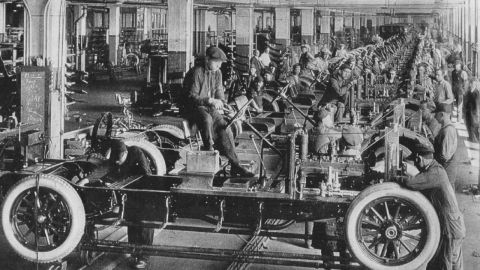
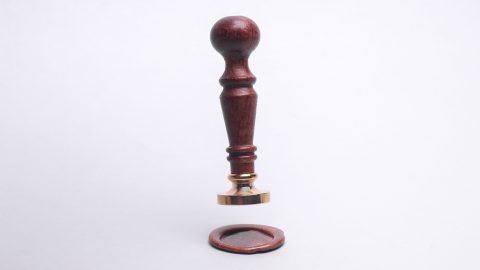


This conference, spearhead by the Newport Restoration Foundation and many sister organizations, will underscore how preservation is not just about saving the past but our future, too—through change management in its many forms and with stockholder engagement.
Thank you Pieter, et al.
See you at the conference.
The 2017 Secretary of the Interior's Standards for Treatment of Historic Properties with Guidelines for Preserving, Restoring, Rehabilitating and Reconstructing Historic Buildings now includes the introduction of RESILIENCE and even mentions raising buildings – not razing buildings – to above flood risk to a certain degree.
It's a start. https://www.nps.gov/tps/standards/treatment-guidelines-2017.pdf